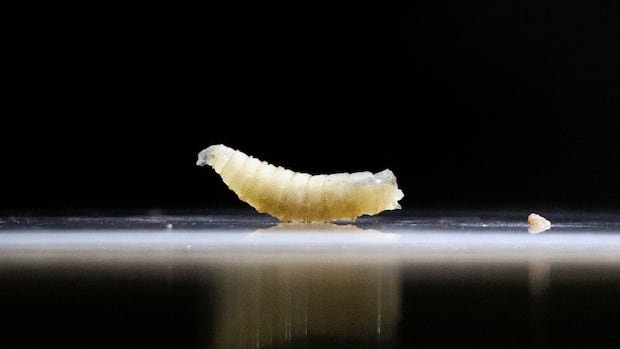In a noteworthy development, a flesh-eating parasite known as the New World screwworm has been spreading among livestock in Central America. Recently, two individuals—one from the United States and the other from Canada—have been infected by this parasite after traveling to affected areas.
The New World screwworm, named for its burrowing and tissue-feeding behavior resembling a screw, poses a threat primarily to cattle ranchers. The ongoing outbreak in Central America and Mexico has raised concerns among farmers in the region and the United States.
While human infestations are exceptionally rare, they do occur among travelers to affected regions. However, it is important to note that the parasite is not transmissible between individuals. The New World screwworm, scientifically known as Cochliomyia hominivorax, poses a unique danger as it actively feeds on living skin.
The larvae of the New World screwworm fly cause myiasis, a type of parasitic infestation that typically affects animals but can also infest humans. Although myiasis is common and usually harmless, the New World screwworm is more aggressive, leading to ulcerated lesions, foul odors, infections, and potentially fatal outcomes, especially in animals.
Treatment for New World screwworm infestations involves removing the larvae from the affected tissue, which may require surgical intervention in severe cases. While the risk of human infestations is minimal, travelers to affected areas should remain vigilant and seek medical attention if symptoms develop upon return.
Efforts to control the spread of the New World screwworm are crucial, particularly for livestock welfare and economic stability in farming communities. Although the parasite had been successfully eradicated in certain regions through innovative methods like releasing sterilized male flies, the recent resurgence in Central America presents new challenges in containment.
Authorities are closely monitoring the outbreak in Mexico and Central America to prevent the spread of the New World screwworm to unaffected regions. While the parasite is not present in Canada and would not survive the country’s winter temperatures, continued vigilance and preventive measures are essential in combating this potentially harmful parasite.

